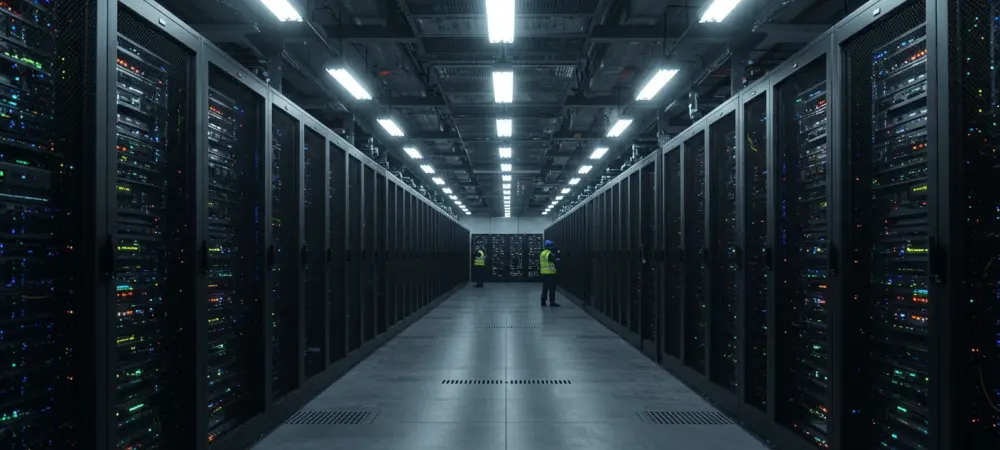In recent years, China’s strategic push toward undersea data centers has emerged as a groundbreaking advancement in sustainable digital infrastructure. This innovative approach is not just about technological prowess but signifies a critical shift in addressing the energy and water consumption challenges that plague traditional land-based data centers. These underwater facilities leverage the ocean’s natural cooling properties and renewable energy sources to effectively meet the ever-growing demand for data storage and computation with minimal environmental impact.
Overview of the Undersea Data Center Landscape
The current landscape of undersea data centers represents a vital evolution in data storage solutions, emphasizing sustainability and energy efficiency. These submerged facilities offer a practical response to the substantial power and water needs of conventional data centers, which are essential for supporting the increasing reliance on artificial intelligence and cloud computing. Key players in this space, particularly in China, are investing in innovative technologies and approaches to push the boundaries of what’s possible beneath the ocean’s surface. Regulatory aspects also play a crucial role, as global impact and compliance standards are necessary for the smooth deployment of these undersea facilities.
Trends Shaping Undersea Data Centers
A clear trend in the development of undersea data centers is the integration of emerging technologies and sustainable practices. Renewable energy sources, such as offshore wind farms, are increasingly utilized to power these facilities, drastically reducing their carbon footprint. The rise of artificial intelligence and cloud computing has further amplified the demand for robust data center infrastructures. As these technologies evolve, they impose stricter requirements on data centers, pushing the industry toward adopting more innovative and eco-friendly solutions. The market for undersea data centers is in a promising growth phase, with data indicating robust expansion driven by technological advancements and increasing digital demands.
Challenges and Solutions in Deploying Undersea Data Centers
Despite their advantages, undersea data centers face a unique set of challenges, including environmental concerns related to potential impacts on marine ecosystems and technological barriers in maintaining stable operations underwater. Moreover, security risks, particularly those involving sound-based disruptions, necessitate the development of specialized mitigation strategies. The industry is actively working on solutions to these challenges, with innovations in environmental monitoring and advanced security protocols designed to minimize risks and enhance the operational viability of undersea data centers.
Regulatory and Compliance Considerations
The deployment of undersea data centers requires adherence to a complex blend of international and national laws and standards. Security and compliance measures are paramount, ensuring that these facilities operate within the legal and ethical frameworks designed to protect both data integrity and environmental health. Understanding these regulatory landscapes helps shape industry practices, pushing companies to innovate within constrained and accountable operational parameters.
Future Directions for Undersea Data Centers
Looking ahead, the future of undersea data centers is rife with potential technological advancements and strategic opportunities. Change is driven by ongoing innovations, which promise to enhance efficiency and sustainability. Moreover, potential market disruptors could reshape the industry’s trajectory, influenced by global economic conditions that impact the adoption and expansion of these facilities. As technology continues to advance, undersea data centers could become pivotal in global data management, offering insights into new avenues for growth and investment.
Conclusion and Recommendations
The evolution of undersea data centers marks a significant step forward in achieving sustainable and energy-efficient digital infrastructures. While environmental and security concerns present ongoing challenges, the potential benefits in reducing energy and water consumption are substantial. The success of these initiatives could serve as a global benchmark, encouraging other nations to adopt similar strategies to alleviate environmental constraints associated with data storage. Industry growth and investment will likely focus on expanding the capabilities and reach of these eco-friendly solutions, contributing to a more sustainable future in digital data processing.

